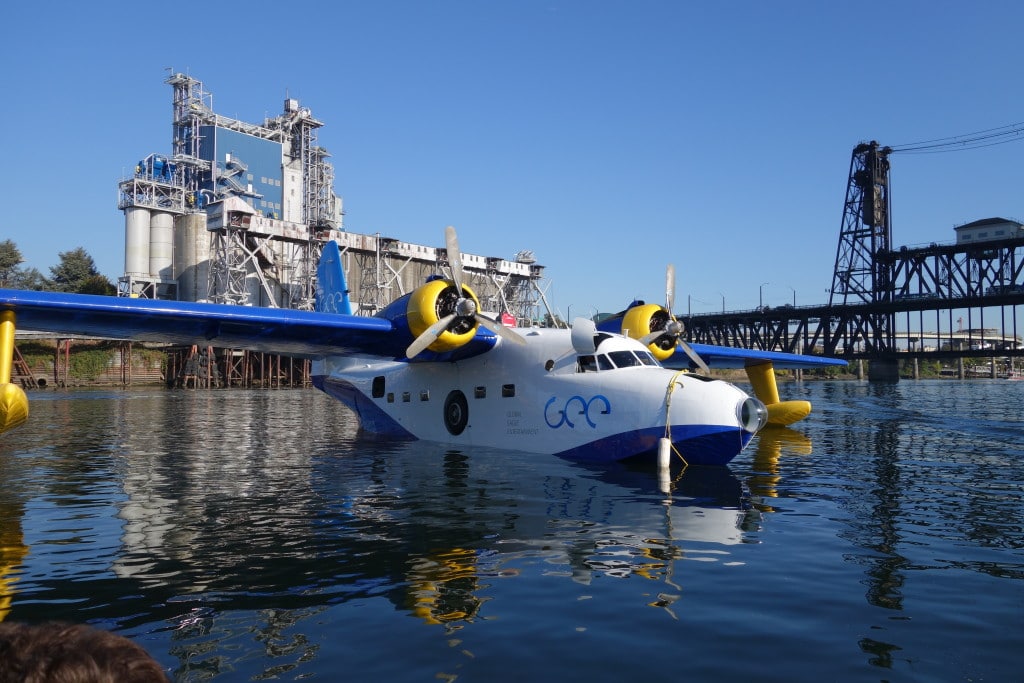Global Eagle & Telesat Show Viability of LEO Connectivity
Share

Global Eagle and Telesat have conducted test flights to evaluate the viability of in-flight connectivity services using Low Earth Orbit satellites. The results were very encouraging.
The era of Low Earth Orbit (LEO) satellite communication with aircraft is upon us. Following the announcement, at APEX EXPO 2018, regarding its LEO network test plan, connectivity provider Global Eagle and satellite operator Telesat have successfully demonstrated service between the former’s Albatross One test aircraft and the latter’s Phase 1 LEO satellite last week near Ottawa, Canada.
During in-flight testing, the team established industry-leading data upload speeds from the aircraft; engaged in uninterrupted video chatting and movie streaming; and experienced the lowest latency of any satellite connection to date. The test flights represent the first time a commercial mobility solution tracked and transferred data across the LEO satellite while in flight.
The tests also saw a smooth transition between existing Geostationary (GEO) satellite networks and LEO. A Global Eagle test team live-switched back-and-forth between Telesat’s Anik F3 GEO satellite and Telesat’s Phase 1 LEO satellite. They were successful in demonstrating seamless connectivity while systems switch between satellites.
“It is all-systems go for revolutionizing the passenger experience and changing the cost structure for airlines and maritime markets,” said Per Norén, Global Eagle’s executive vice-president and CCO. “This is an incredible milestone that shows how low-cost, low-latency and high-bandwidth systems will allow our customers in aviation and maritime to enjoy a better overall broadband experience on board.”
“It is all-systems go for revolutionizing the passenger experience and changing the cost structure for airlines and maritime markets.” – Per Norén, Global Eagle
The test kit consisted of Global Eagle’s Q09000 antenna tracking system and the Gilat GLT-1000 modem. It demonstrated that the LEO/GEO transition can be handled using a legacy, gimbal-mount antenna. While newer antenna technologies will improve the handoff times going forward, the ability to support LEO networks with older technology delivers a significant boost to the industry as a whole, as newer constellations can come online without requiring massive capital investment to replace older hardware installed on aircraft.
“Telesat is very pleased to be collaborating with innovative companies like Global Eagle who recognize the potential of Telesat’s LEO system to transform global communications,” said Erwin Hudson, vice-president of Telesat LEO. “Combining global spectrum rights in Ka-band with Telesat’s proprietary LEO architecture, our companies’ systems will satisfy many of the world’s most challenging communications requirements, including the ability to provide high performing, cost effective fiber quality connectivity to millions of airline and maritime passengers worldwide.”
Telesat is developing an advanced LEO constellation with plans for a global network scaling to nearly 300 satellites.


